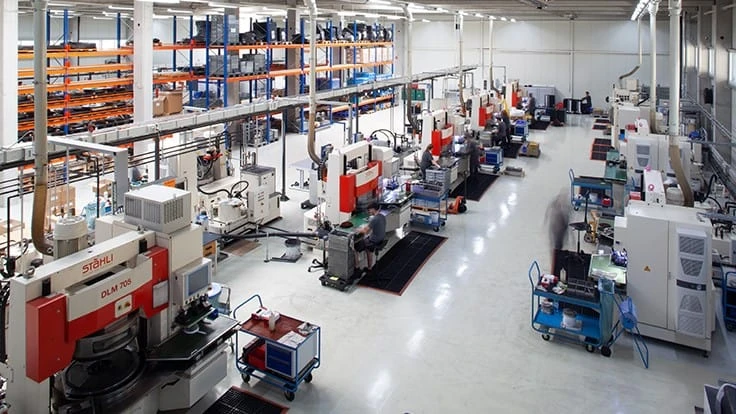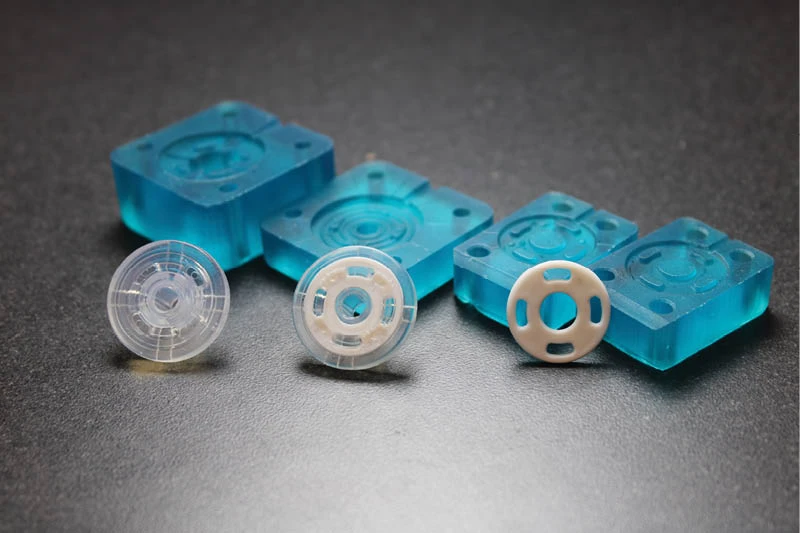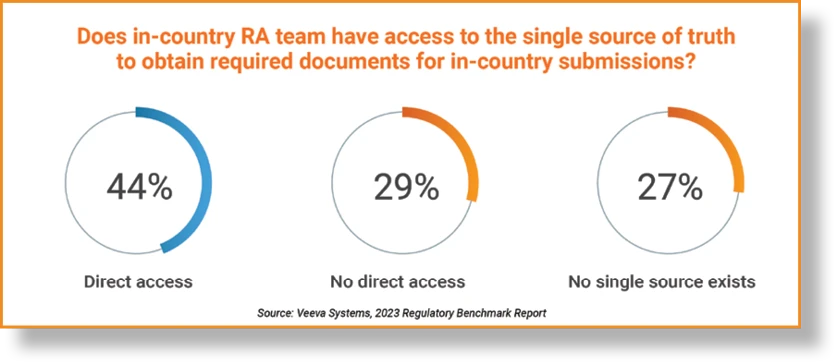
GrindingHub
Finishing and superfinishing, lapping, honing, and vibratory grinding: an impressive range of manufacturing processes can be used to create a final surface finish. The proverbial finishing touch influences the functional behavior of workpieces and components, yielding unique characteristics and competitive advantages. GrindingHub, a trade fair for grinding technology, will be held in Stuttgart May 17-20, 2022, and will provide a platform for finishing and superfinishing.
Companies looking for specialists to help them move into superfinishing
It took Uli Lars Bögelein “less than ten seconds” to make up his mind to exhibit at GrindingHub. The entire industry is certain to benefit from the trade show, says the managing director of Stähli Läpp-Technik GmbH, based near Stuttgart. Founded over 40 years ago as a sales company for flat honing, lapping and polishing machines produced by the Swiss Stähli Group, Stähli Läpp-Technik GmbH is now part of the group. Its core competences include engineering, sales, and contract processing. The latter represents an ideal way into superfinishing – and to much more besides, as Bögelein makes clear.
The Stähli Managing Director describes the three main groups of users who contact him. These come primarily from the automotive and electrical industries, medical technology, mechanical engineering, and the optical industry. The first group of users is not (yet) concerned about the investment costs for both the 2- and 3-wheel flat honing machines and the 1-wheel lapping and polishing machines because their production quantities are too low. Then comes the second group which needs high, if not extremely high, quantities, but which "specifically wants to avoid taking care of these processes, and all they involve, within their own company". Lapping machines in particular bring their own challenges and do not fit into every production operation, Bögelein admits. It is a demanding process which still requires a lot of manual work – and specially trained and highly motivated employees.
Finally, there is a third group of users. These run test series at Stähli. Until the series is working smoothly, they would first like to familiarize themselves with the process and the machine, and take advantage of the service and know-how offered by Stähli Läpp-Technik. The company also offers the entire range of consumables and accessories for this, including everything from CBN wheels and diamond suspensions through to testing equipment. Uli Bögelein notes that trade fairs are very important and are often used for making the first contact. Visitors come with drawings and workpieces, but also specific machine inquiries, and to have the technology explained to them. Specific technological know-how is required in cases involving manufacturing tolerances in the submicrometer range and filigree functional surfaces.
Drivers of industry development
According to Thomas Harter, product manager at Supfina Grieshaber, based in Wolfach in the Black Forest, companies’ increased motivation to concern themselves with surface quality and finishing and superfinishing processes stems from clearly identifiable "development drivers.” Supfina has many years of experience in the field of superfinishing and grinding. It develops machines and conducts related research – and will also be exhibiting at GrindingHub.
Harter cites examples from the automotive technology field. For example, the expected legal regulations for Euro 7 and the associated reduction in particulate matter are driving the development of the brake disc market. Future brake discs, he says, will probably feature hard coatings that are difficult to machine. As a development partner, Supfina takes care of developing the process for grinding the coated brake discs. The know-how is used in the development of the entire process chain, ultimately enabling cost-effective production of the brake disc.
e-mobility is also placing new demands on superfinishing. Future-proof solutions are needed to reduce noise in the powertrain, the steering or when adjusting seats and windows inside the vehicle. For example, Supfina has developed a machine series for the economical production of low-noise roller bearings.
Defining specific surface parameters
Dr. André Wagner, Head of Grinding Technology at Hermes Schleifmittel, Hamburg, makes clear just how much the demands on surface quality are changing and how important precise coordination with customers is becoming as a result. While some processes, such as high-performance steel cutting, are optimized primarily for productivity and cost-effectiveness, processes such as gear grinding must yield high workpiece quality, says Wagner. The goal of reducing surface roughness to a minimum, which was common in the past, is increasingly being replaced by that of achieving specific surface characteristics. However, the selection and definition of the desired surface properties depends to a great extent on the particular gear application and the specific goal. "Effective communication between the customers and the grinding tool manufacturer is therefore essential," Wagner emphasizes. The general machine conditions, the quality requirements for the component being produced and also the productivity of the process have to be clearly defined and coordinated in advance. According to Wagner, ideal process results can only be obtained by setting precise objectives and designing the grinding process on an application-specific basis. In the case of gears, for example, this would ensure maximum efficiency of the transmission and reduce noise emissions, which are crucial for electrically driven vehicles. All process-defining parameters such as machine environment and cooling lubricant supply must be taken into account when selecting and designing suitable grinding tools. "High-performance tools aren’t always necessary. In many cases, less exacting specifications may also suffice if the process as a whole is designed correctly," says André Wagner.
Scientists focusing on process chains
Finishing and superfinishing processes can play a role in creating unique workpieces. The Institute for Machine Tools and Factory Management (IWF) at the Technical University of Berlin believes that “...there is a noticeable trend toward manufacturing individualized products in small batches. This is giving rise to an increasing need for manufacturing processes that can be adapted to changing product requirements." Research is being conducted into robot-guided machining processes for finishing and superfinishing by the Institute. "Robot-guided machining processes can be used on many different components, especially in combination with flexible or freely movable tools, as in abrasive brushing, belt grinding or vibratory grinding," explains Institute Director Prof. Eckart Uhlmann. "Honing processes that are conventionally performed on rigid machine tools can also be taken care of using robot-guided honing tools to rework bores in different positions." Uhlmann, who is also a member of the WGP (German Academic Association for Production Technology), believes that the main advantage of using a robot as a universal processing machine is that it allows the different processing steps to be linked flexibly. Process chains can then be adapted to the respective component requirements with little effort.
Interest in the research proves that greater use is expected to be made of innovative finishing and superfinishing processes in the future. However, they are still fraught with problems for many companies. It is true that the industry offers both technologically advanced machines and tools as well as extensive specialized knowledge for creating surfaces of tribologically stressed functional surfaces. Yet the special machines are too expensive for small and medium-sized companies and for relatively small or medium batch sizes, the automation is complex and knowledge about cause-effect relationships is limited to specialists. Trade shows such as GrindingHub offer an opportunity to showcase machines, tools, processes, and work results.
Latest from Today's Medical Developments
- Happy New Year
- Best of 2024: #1 Article – 2024 Forecast
- Best of 2024: #1 News – 6 trends impact medtech in 2024
- Best of 2024: #2 Article – Cybersecurity in medical devices
- Best of 2024: #2 News – Miniaturized, implantable multi-sensors device to monitor vessels health
- Best of 2024: #3 Article – Intech Athens deploys ZOLLER tool management system to control tooling inventory
- Best of 2024: #3 News – Avation Medical raises $22 million+
- Best of 2024: #4 Article – Sticking to the basics





